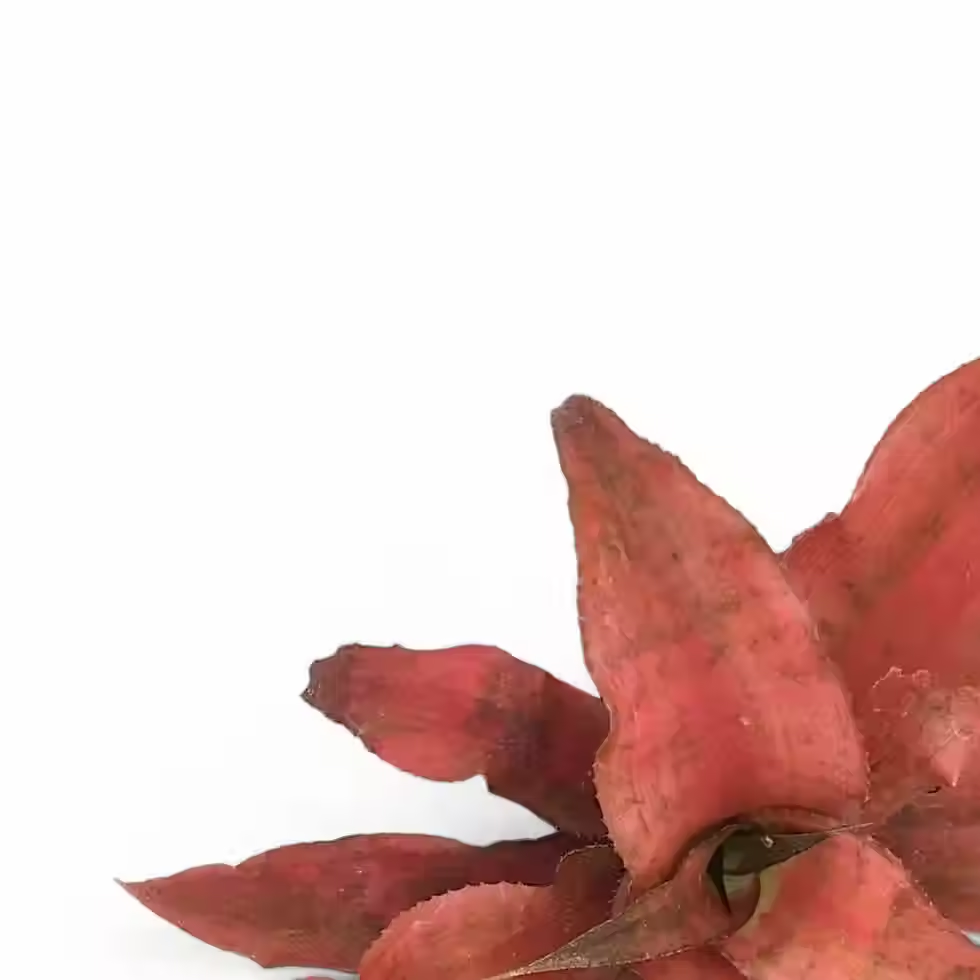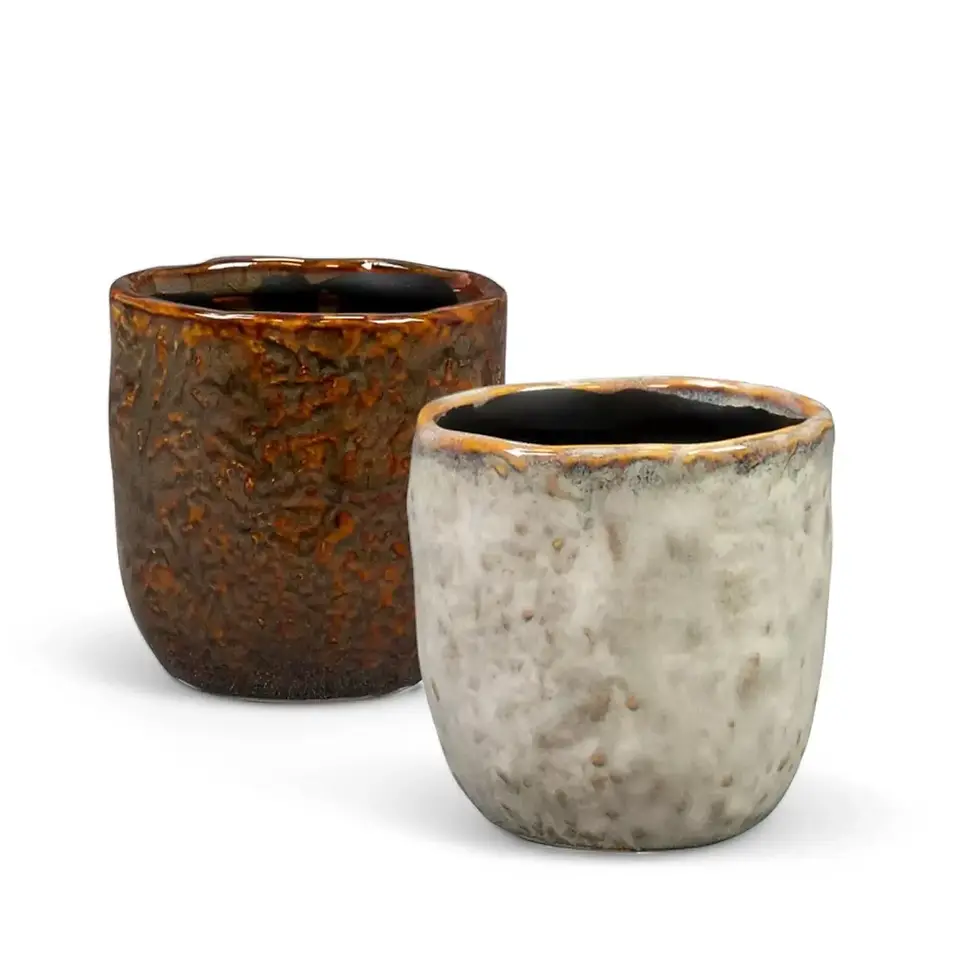Monstera siltepecana - Information, Growth Tips, and Care Guide
Monstera siltepecana is a stunning houseplant known for its distinctive appearance and adaptability. Juvenile leaves have a silvery sheen with intricate veining, while mature foliage deepens into vibrant green with fenestrations. Whether climbing a moss pole or trailing from a shelf, this tropical plant adds a lush, exotic atmosphere to any indoor space.
Unique Features of Monstera siltepecana
- Growth Habit: A versatile plant that can climb or trail. It thrives when given a moss pole or trellis.
- Leaf Transformation: Young leaves have a silvery-blue hue that matures into deep green with characteristic perforations.
- Fast Growth: Under ideal conditions, it grows quickly, especially in high humidity and bright, indirect light.
- Leaf Texture: Smooth leaves with pronounced veining create an eye-catching contrast.
Monstera siltepecana: Habitat and Key Facts
- Natural Habitat: Native to Central America’s tropical forests, Monstera siltepecana thrives in humid environments with filtered light and temperatures between 18-27°C.
- Indoor Growth: Reaches up to 1.5-2 meters indoors with proper care and climbing support.
- Toxicity: Toxic to pets and humans if ingested.
- Lifecycle: An evergreen perennial that maintains year-round growth under optimal indoor conditions.
Monstera siltepecana Care Guide
→ Light
Prefers bright, indirect light but adapts to lower light conditions. Avoid direct sunlight, which can scorch the leaves.
→ Watering
Water when the top 2-3 cm of soil feels dry. Keep the soil evenly moist but avoid overwatering to prevent root rot.
→ Humidity
Thrives in high humidity. A humidifier or naturally humid spaces like a bathroom can enhance growth.
→ Temperature
Ideal temperatures range from 18-27°C. Protect from cold drafts and temperatures below 12°C.
→ Soil
Use a well-draining mix containing perlite, and orchid bark to ensure aeration.
→ Repotting and Pot Choice
Repot every 1-2 years when roots outgrow the pot. Choose a container with drainage holes to prevent water buildup.
→ Fertilizing
Feed monthly with a balanced liquid fertilizer during active growth for vibrant, healthy leaves.
→ Pruning
Trim yellow or damaged leaves as needed. Prune during the growing season to maintain shape and encourage bushier growth.
→ Propagation
Propagate with stem cuttings in water or moist soil. Best done in spring or summer.
→ Semi- and Hydroponics
Performs well in hydroponic systems. Change nutrient-rich water regularly to maintain plant health.
→ Placement
Place in a well-lit, airy spot away from direct sunlight and heat sources.
Common Problems and Solutions
→ Yellow Leaves
Often caused by overwatering. Allow soil to dry more between waterings.
→ Browning Leaf Tips
Usually a sign of low humidity or inconsistent watering. Increase humidity and adjust watering schedule.
→ Pests
Look out for spider mites, mealybugs, and thrips. Treat with neem oil or insecticidal soap.
→ Root Rot
Caused by excessive moisture or poor drainage. Trim damaged roots and repot in fresh, well-draining soil.
→ Leaf Curling
Indicates low humidity, inconsistent watering, or pest infestation.
→ Fungal Issues
Poor air circulation and overwatering can lead to fungal infections. Improve airflow and adjust watering habits.
→ Drooping Leaves
Usually a sign of underwatering. Adjust your watering schedule accordingly.
→ Dusty Leaves
Wipe leaves gently with a damp cloth or microfiber dusting gloves for plants to improve photosynthesis and prevent dust buildup.
Additional Care Notes for Monstera siltepecana
- Support: Provide a moss pole or trellis for vertical growth.
- Leaf Cleaning: Regularly wipe leaves to enhance light absorption and keep pests away.
- Decorative Display: Train it to climb or allow it to cascade from a hanging pot.
- Tropical Mimicry: Replicating its natural habitat with high humidity, indirect light, and well-draining soil will encourage healthy growth.
- Sustainable Sourcing: Purchase from ethical growers to support biodiversity and responsible plant trade.
Etymology and Background
The name "Monstera" comes from the Latin word "monstrum," referencing its dramatic leaf shapes. Monstera siltepecana was first described by botanist Eizi Matuda, highlighting its unique features and tropical origins.
FAQs about Monstera siltepecana
How fast does Monstera siltepecana grow?It grows rapidly in bright, indirect light and high humidity, especially with a climbing support like a moss pole.
Can Monstera siltepecana be trained to climb?Yes, it thrives when trained on moss poles or trellises.
Is pruning necessary?Regular pruning helps maintain a compact shape and encourages new growth. The best time for pruning is during active growth periods.
Order Monstera siltepecana Today!
Enhance your space with the lush, tropical charm of Monstera siltepecana. Order now and bring home this exotic beauty!
Monstera siltepecana
Monstera siltepecana comes in following sizes:
Baby Plant – is approximately 12 cm tall/ long and comes in a ⌀ 6 cm pot.
M – is approximately 30 cm tall/ long and comes in a ⌀ 15 cm pot.

























































